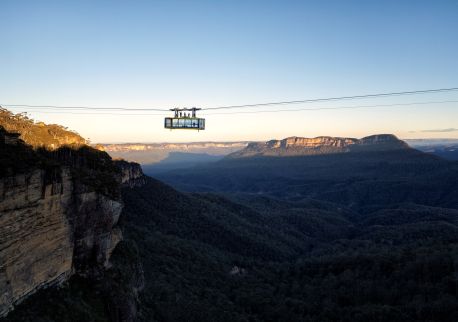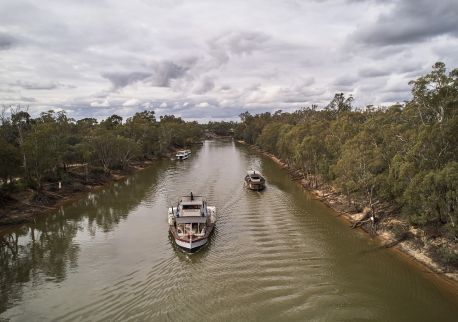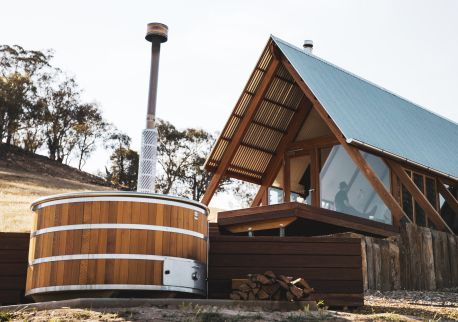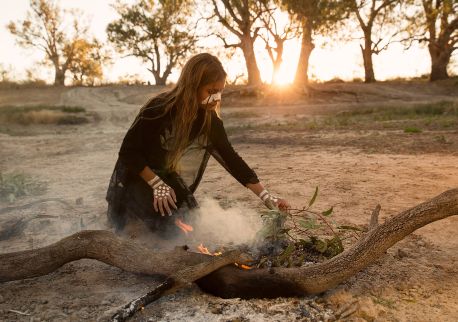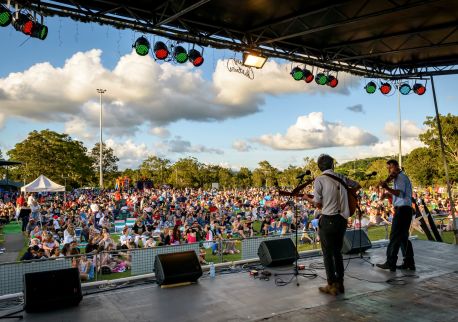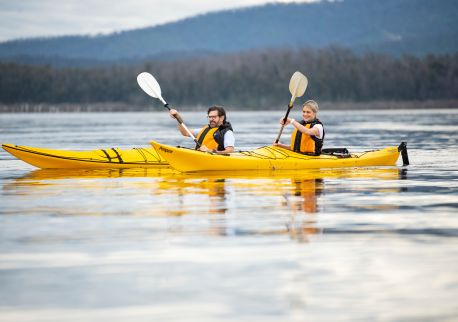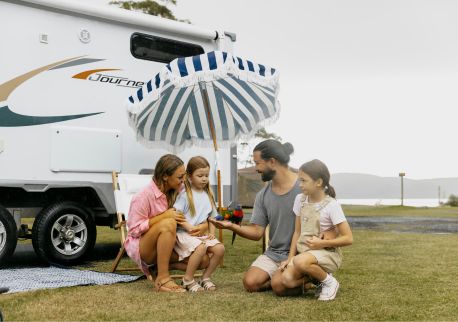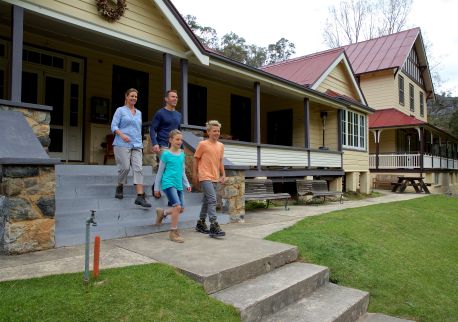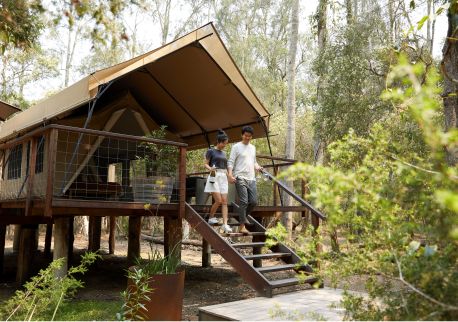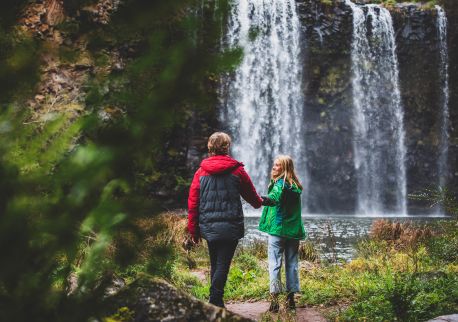Rathmines Heritage Centre
Overview
Based in Rathmines Theatre, Rathmines Heritage Centre hosts a range of exhibitions focused on the history of Rathmines RAAF base and the wider story of Lake Mac during World War II.
Rathmines RAAF seaplane base played an essential role in the defence of Australia during WWII. From 1939 – 1962 thousands of people and hundreds of seaplanes operated and trained at the base.
Rathmines RAAF seaplane base is the most intact surviving example of its type in Australia. Established in 1939 the base was the main centre for training during World War II. It was the largest flying boat base established in Australia and considered to be the ‘headquarters’ of flying boat operations during the war.
Rathmines Heritage Centre tours are by appointment only.
Explore the history of Rathmines further along the Rathmines RAAF Base Heritage Trail, a 1.1 kilometrem trail through Rathmines Park and along the foreshore of Catalina Bay.
For further information about the importance of Rathmines RAAF base please visit the Lake Mac History website, which has a large and comprehensive archive of oral histories, photographs and documents.

